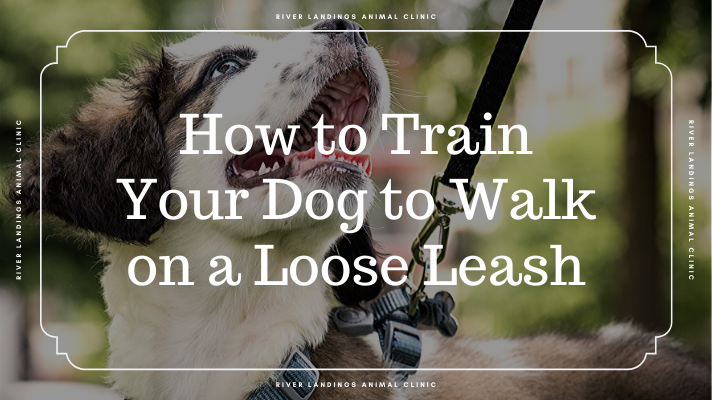Yes, you can litter-train your bunny. But, spaying or neutering has to come first. It is almost impossible to litter train an unspayed or unneutered rabbit. If you can’t resist letting your bunny have the run of the house immediately, be prepared to have them consider your house as one very large litter box. Once this habit is established, it is very hard to change. It is far better to spend your time in the beginning training and reap the benefits of a well-mannered bunny after the fact.
Buy the right boxes
Bunnies like to have enough room to stretch out in their boxes and, if you have a bonded pair, you have to allow enough room for both of them.
Medium to large-sized cat litter boxes are perfect. The ordinary tray-type ones will do; not the deep or covered varieties. Your bunny will probably appreciate and insist on having more than one litter location, so pick up more than one!
If you have large bunnies, cement mixing tubs are another great litter box alternative available at most large hardware stores. These are very roomy and inexpensive.
Get the right litter
There are several important bunny litter do's and don'ts when it comes to bunnies:
Do choose:
Yesterday's News, Crown Bedding (or similar) recycled newspaper pellet litter/animal bedding
Carefresh (or similar) paper pulp litter/animal bedding
Woodstove pellets (these are used as fuel for woodstoves, but are actually great as bunny litter pellets.)
Ground corncob pet litter/bedding
Always check the label. Don't buy litter that is cedar, cedar oils, zinc or the clumping clay.
Do NOT choose:
No clay litter. This can cause serious respiratory problems.
No Cat Works litter. This can cause zinc poisoning and death.
No Pine or Cedar litters. These can also kill your rabbit.
Layer with Timothy Hay
You can buy Timothy Hay in bags from most pet stores, and that will do just fine. If you have a little more time, see if you can find a specialty store, feed store, or farm that sells Timothy Hay. This tends to be even yummier to discerning bunnies.
Never use hay that looks dusty or moldy or smells bad. It can kill your bunny.
Fill the litter box properly
If you've had a bunny before, you know that you can do nothing right—especially not the first time. So, it might take some trial and error to find the 'proper way' to fill the litter box (according to your bunny, that is).
Start with around one inch of litter, and cover that with Timothy Hay.
Prepare to do a little clean-up
Nobody's perfect. Your bunny will probably have a few accidents as they are learning to use the box.
Always remember: rabbits do not respond well to physical discipline. They have been designed to be easily frightened and broken; never physically discipline your rabbit. You and/or your rabbit could end up seriously hurt and your rabbit will end up terrified of you rather than your loving companion.
The most effective cleaning solution for bunny pee accidents is white vinegar. It's a good idea to get a spray bottle and fill it with white vinegar or vinegar and water. You can also use Nature's Miracle enzyme cleaner, but this is a bit more expensive.
How to litter train your bunny
1. Choose your location
While you are litter training your bunny, they will have to stay in an enclosed area. So, before you start training, choose and prepare the training area. A bathroom, utility room, or other small room without carpeting is a good place to start the training. You can also use a cage or an x-pen.
If you are training in a room with slippery floors, put a rug or towel down for the bunny to lay on.
Trim your bunny's nails. This will help them feel more comfortable on a slippery floor.
Be prepared to confine your bunny for a while. You can't let them out into any other room until they are always urinating in their box.
2. Prepare the litter box
Use 1" of litter covered with Timothy hay. Add in some of the rabbit's poops and urine-soaked paper or hay. Place the litter box wherever the bunny seems to prefer to use, which is often a corner.
3. Add bunny
When you first let your bunny into the training area, stay in the room. When they leave droppings on the floor, immediately put both bunny and the droppings in the litter box. Tell them what a good bunny they are and pet them. Spend as much time as you can with them and when you have to leave, put them back into their cage or enclosure. A baby gate (not light plastic!) works well to divide a room into a manageable space. Repeat this often until they have the training room mastered. Only then can you let them out into another room.
Clean up accidents ASAP.
If the rabbit likes to dig and moves the box around, you can use a large metal clamp to fix it to the side of the hutch. They can be purchased at most hardware stores. You might also drill a small hole in the side of the box and secure it with twist ties.
Let the litter box stay a little dirty while the rabbit is learning. If you keep it too clean they will think that they are not supposed to use it. You can dispose of organic litter directly in the toilet or into the compost pile. Wonderful fertilizer is an added bonus of sharing your home with a rabbit.
4. Expand the area
After you are sure that your bunny is urinating only in the box, it's time to expand their area. Repeat step three in additional rooms.
Don't be afraid to use multiple litter boxes until your rabbit exhibits the appropriate litter box behaviors. Be sure and clean up behind any "accidents." If you witness your rabbit urinating outside their litter box, pick your rabbit up and place them in their litter box. Don't scold your rabbit, rather praise them once inside the litter box.
You can set a schedule while your rabbit is enjoying out time. Every 10 minutes place your rabbit in their litter box and praise them. Have a treat ready and offer it if they actually use the litter box. As time progresses, you can space out the amount of time between the reminder visits to their litter box. Time, patience, praise and consistent work will help your rabbit reshape their behavior.
Hear From Us Again
Don't forget to subscribe to our email newsletter for more recipes, articles, and clinic updates delivered to your inbox (here). Or, you can keep up to date by liking and following our Facebook page (here).
Related: We have more information under our small animal care categories.





